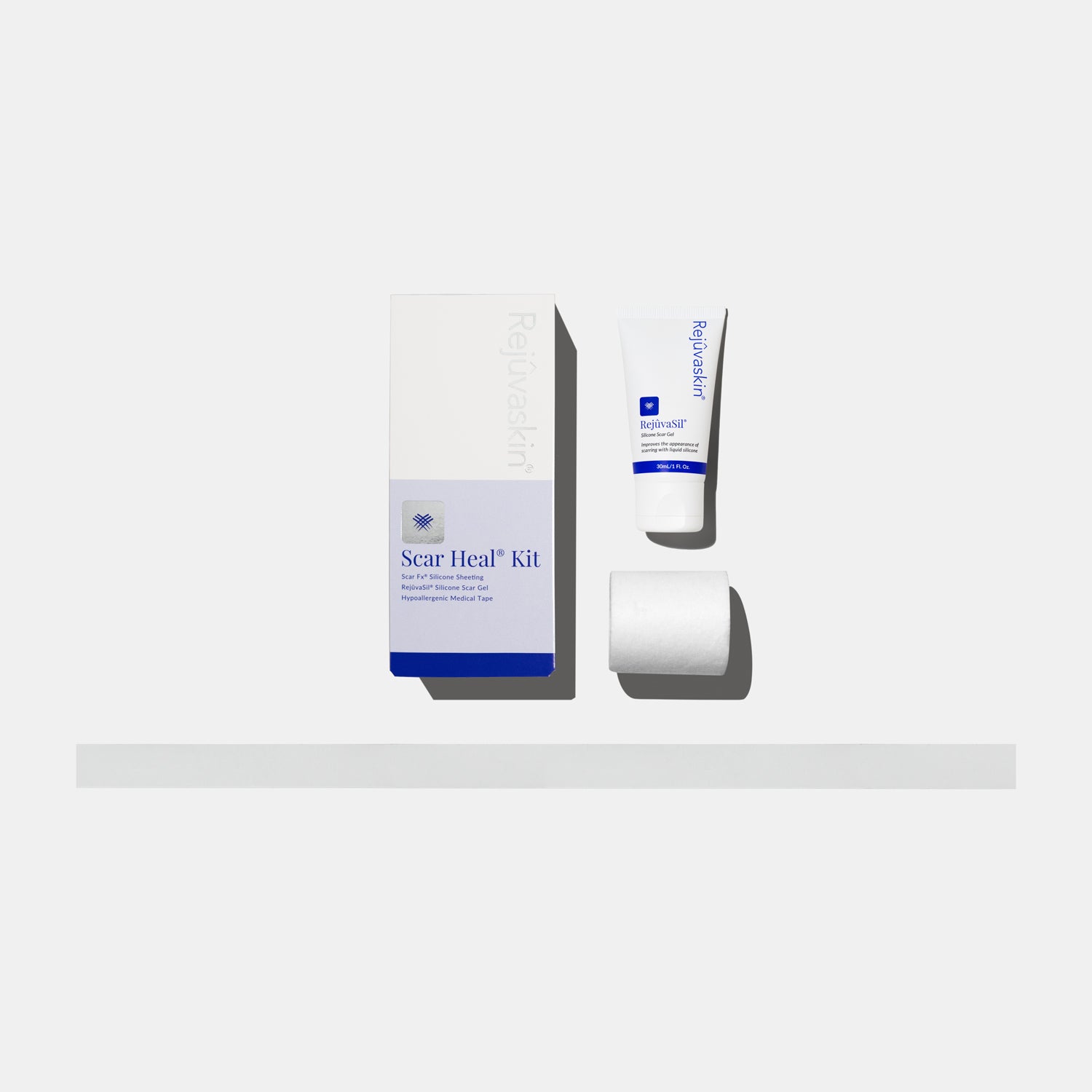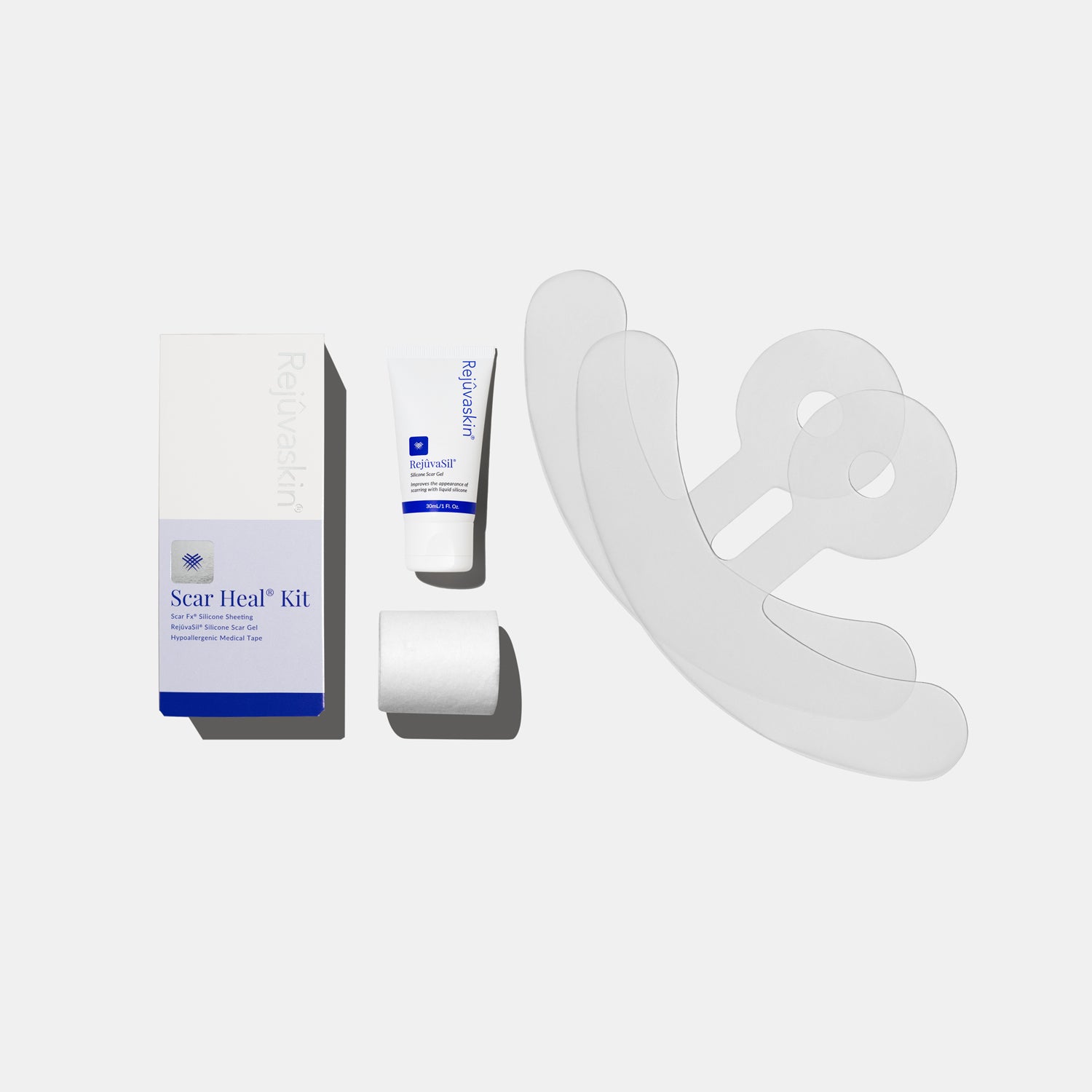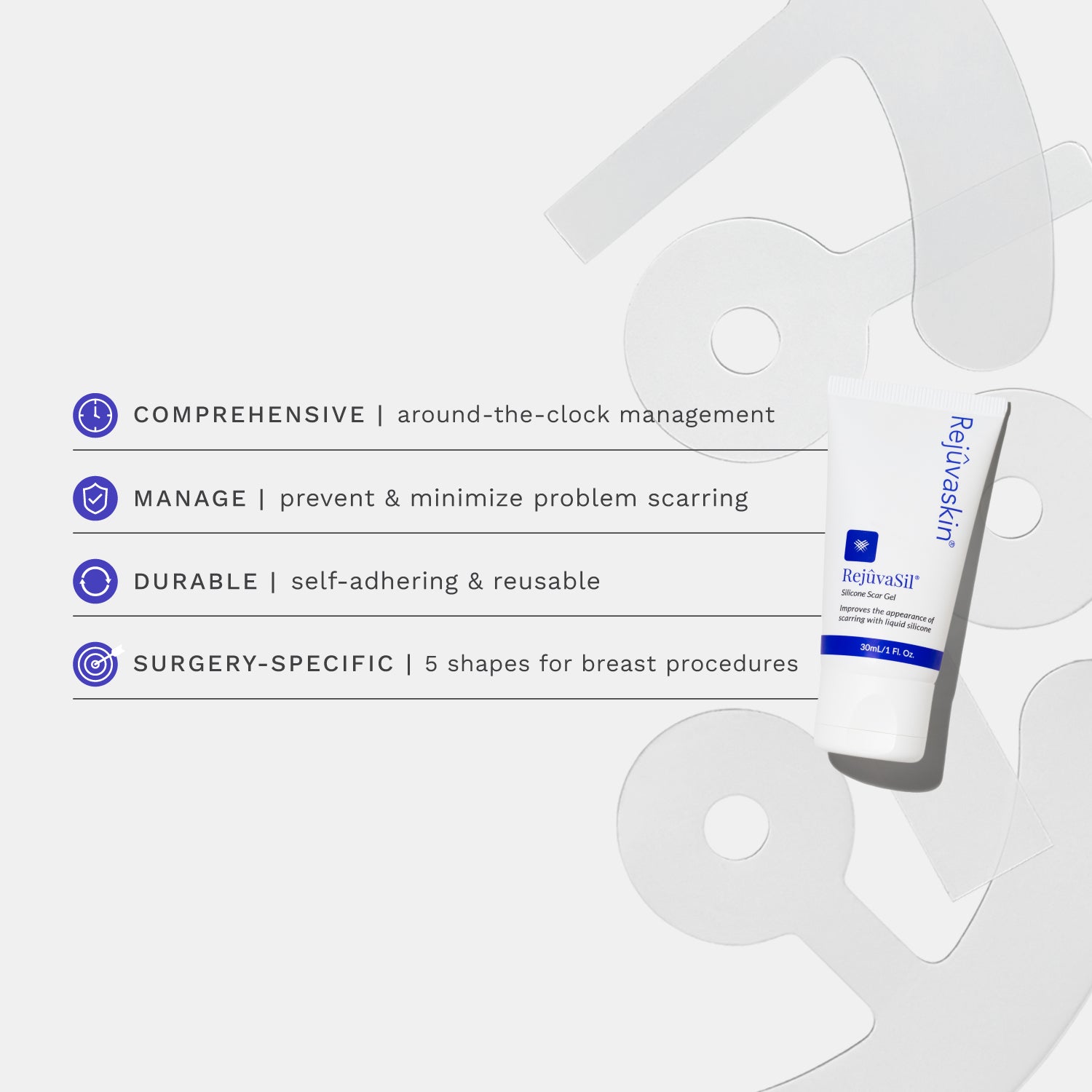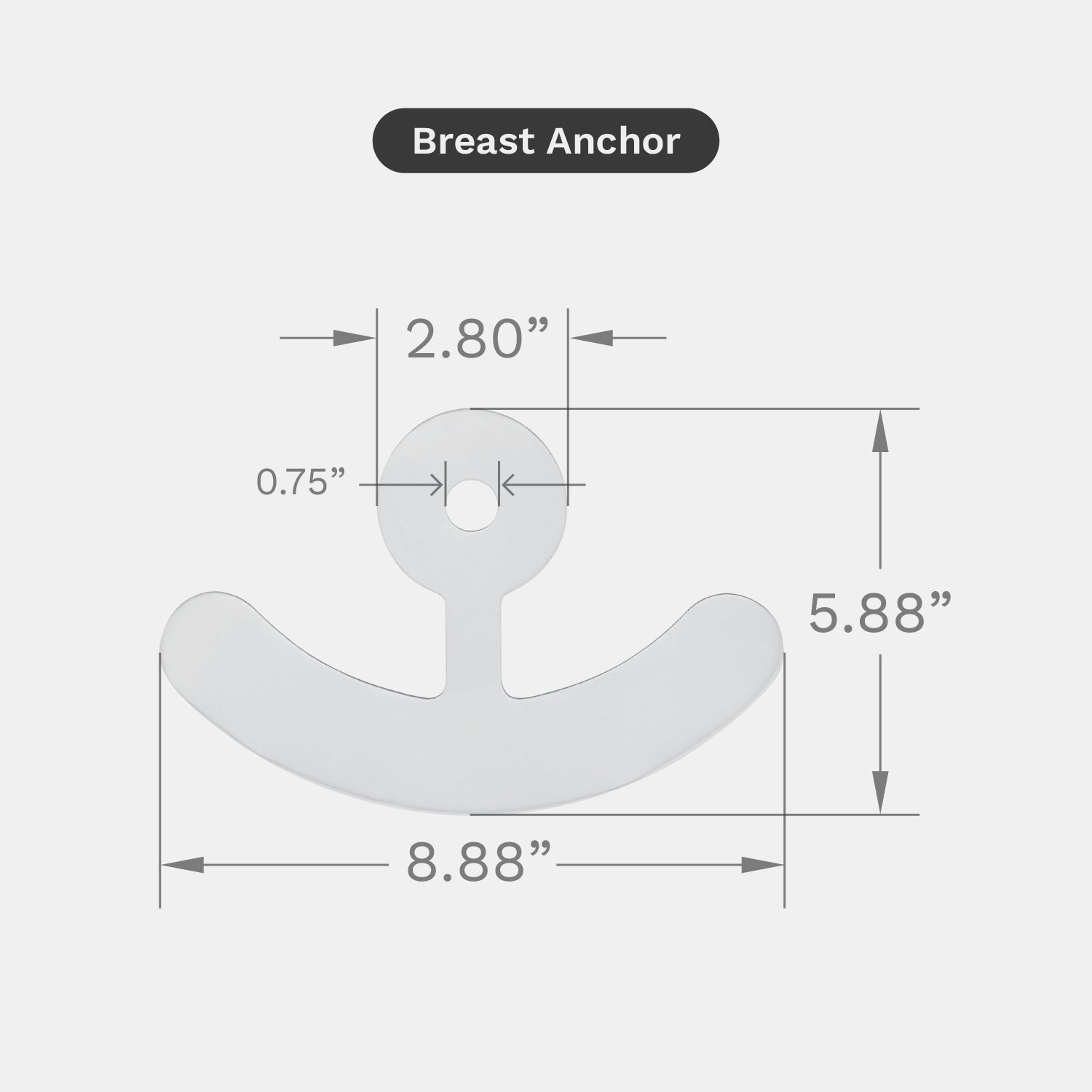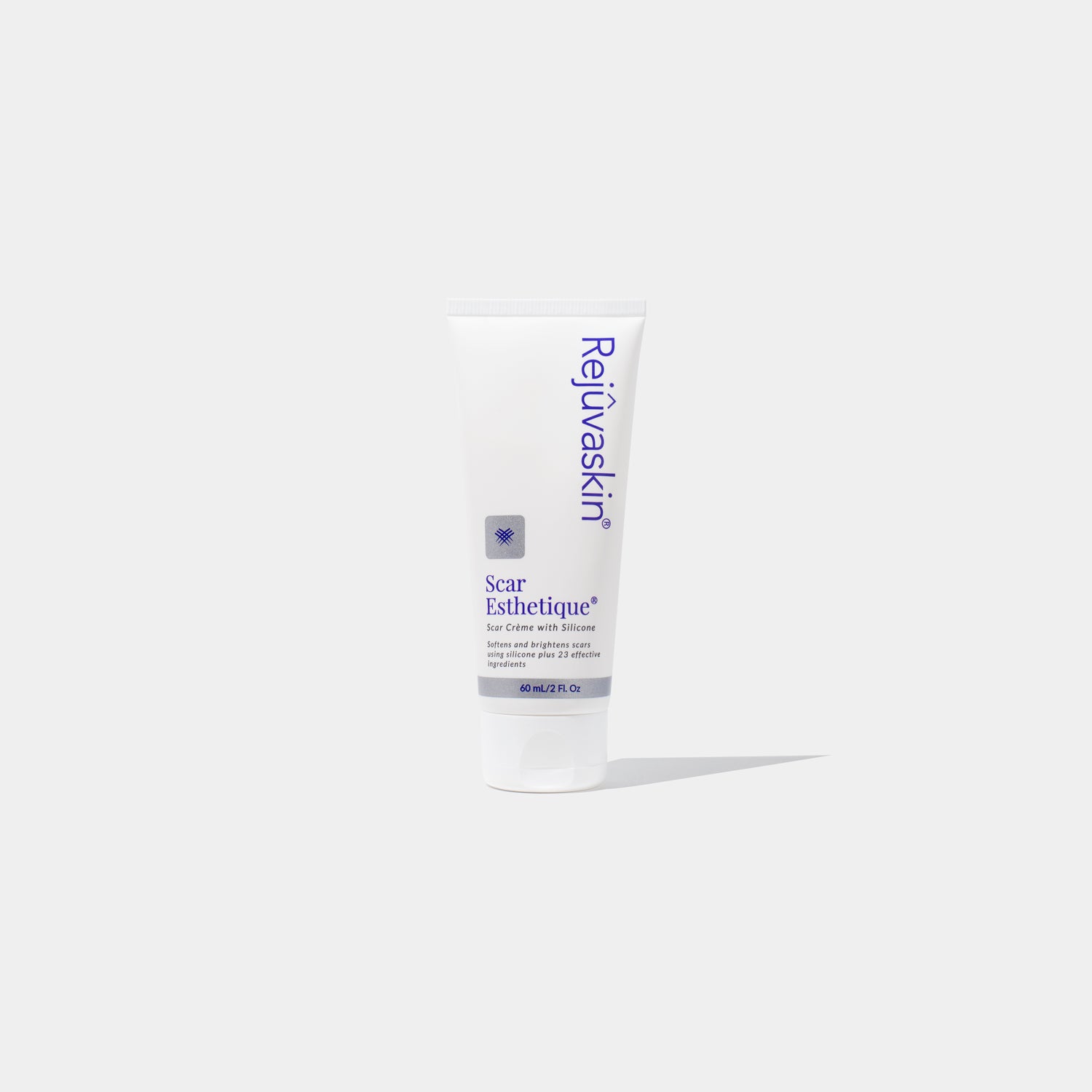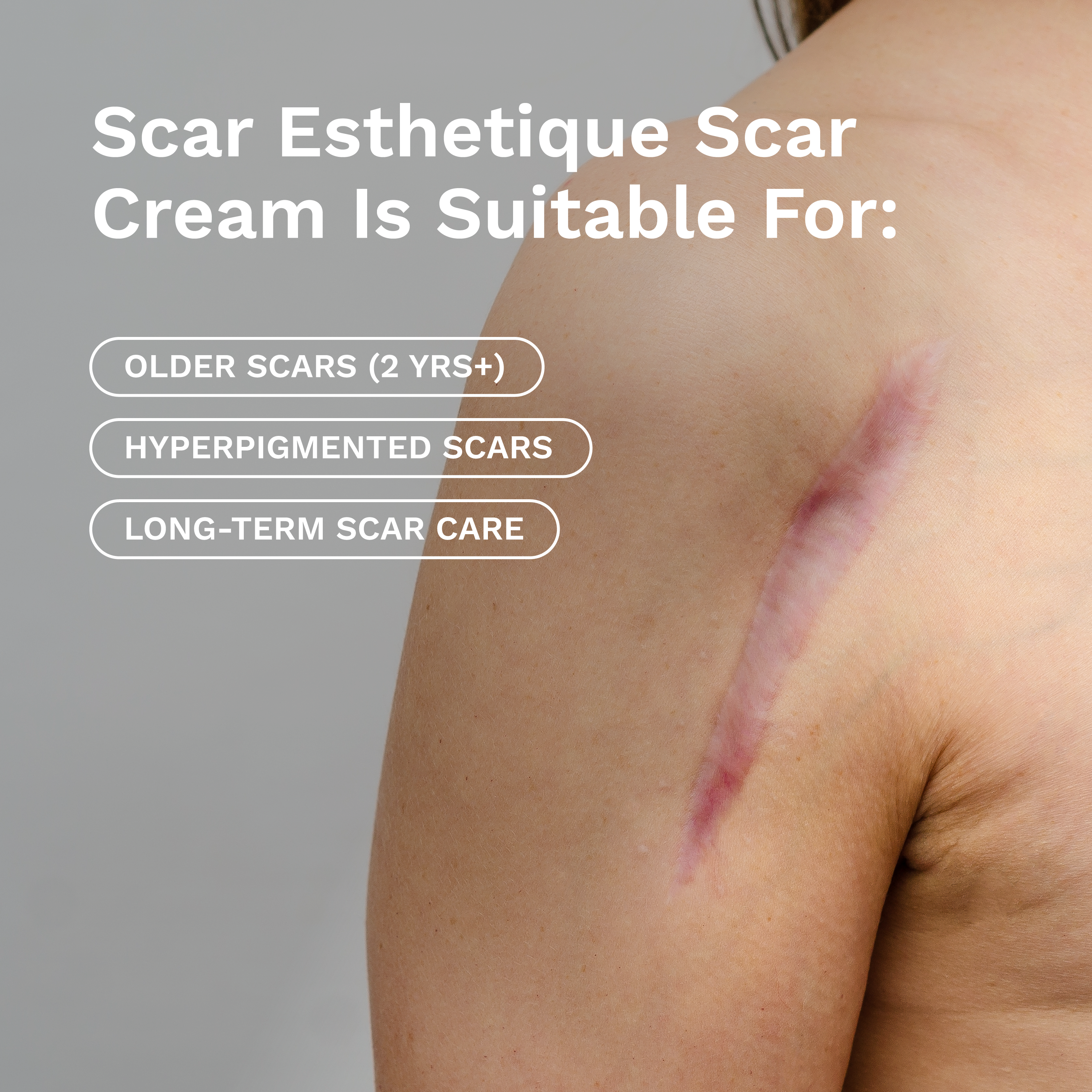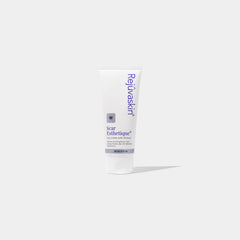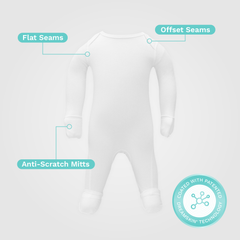Breast Cancer
66% of breast cancer cases are diagnosed
at an earlier, easier to treat stage.
Let’s talk about how to catch it early.
Mammograms: What To Expect
What Happens After Treatment?
For many women who undergo a mastectomy or lumpectomy, a breast reconstruction is a crucial part of their recovery process, allowing them a return to a sense of normalcy.
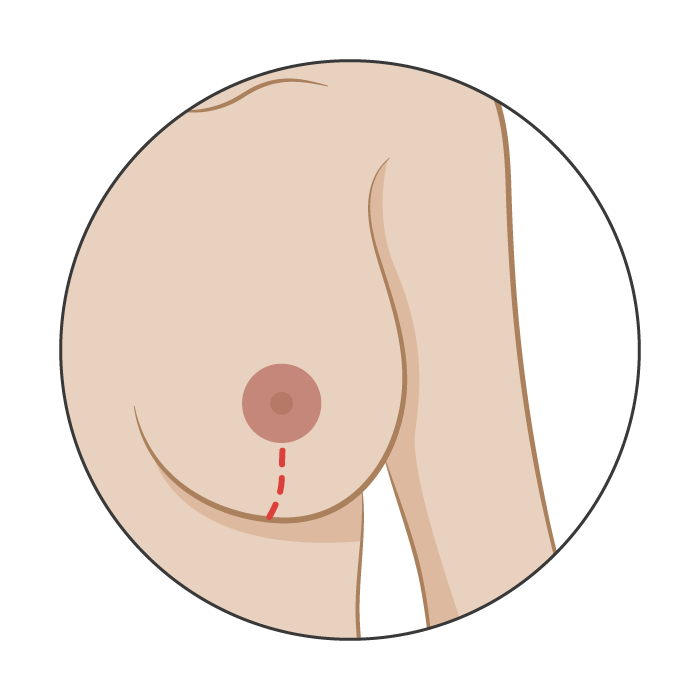
Nipple-Sparing Procedure
This incision travels from the base of the nipple to the breast fold, removing all breast tissue, while preserving the skin, nipple, and areola.
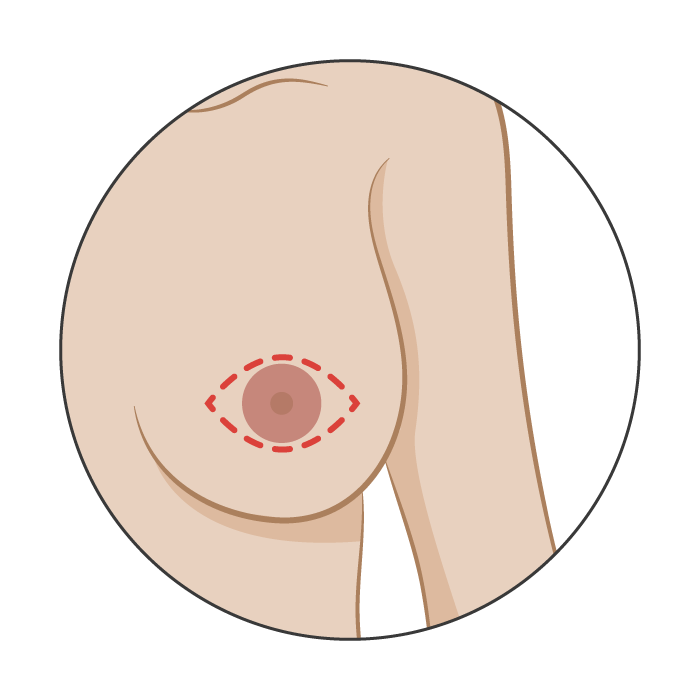
Skin-Sparing Procedure
These incisions remove the nipple and may also go down the base of the breast, preserving as much skin as possible when the nipple cannot be saved.
